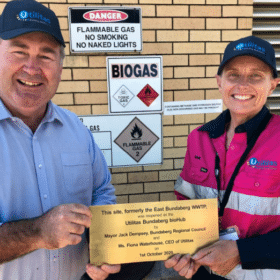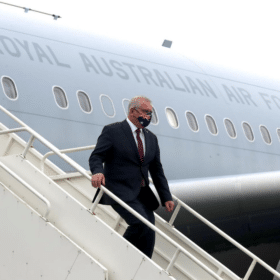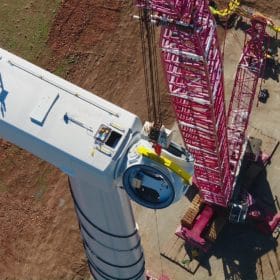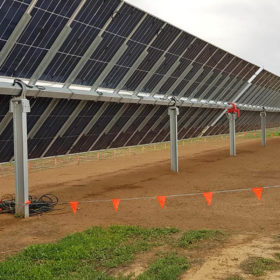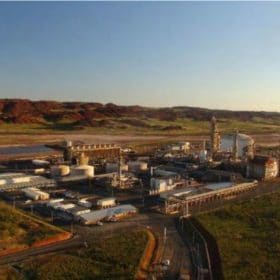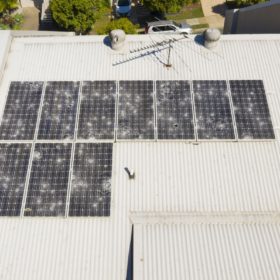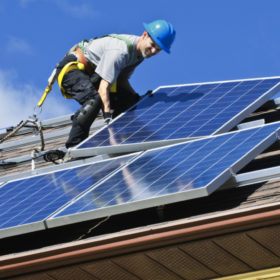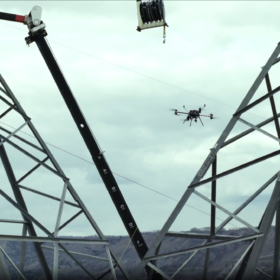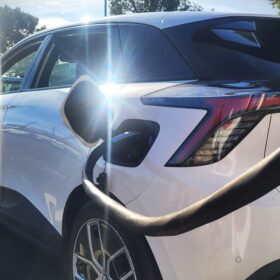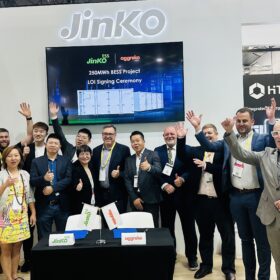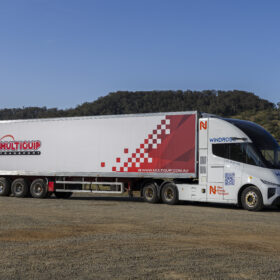UN wants to reduce carbon footprint of peacekeeping
The international organisation has pledged to deploy clean energy generation equipment wherever possible in its global operations, with the help of the International Renewable Energy Agency.
How a Queensland city’s co-location past is fuelling its green hydrogen future
In the world of renewable energy, the past carries charge. It can be an anchor, a learning curve, a hurdle. In Bundaberg, it’s quite literally the fuel for the future. And that green future is being energised by an unusual crew: its local government.
Morrison blowing in the wind, sheltering in hydrogen ambitions at the G7 Summit in Cornwall
Alliances with Germany and Japan to develop and commercialise emissions-reducing technologies would be a coup for Australia, if there were any concerted efforts at home to reduce emissions in line with international initiatives, and transition Australian industries to be competitive in a carbon-pricing world.
Telstra dials up its renewable energy commitment
Telecommunications giant Telstra has continued it transition to renewable energy, signing a long-term agreement to purchase electricity from the Crookwell 3 Wind Farm being built near Goulburn in New South Wales.
Victorian solar farm included in international agrisolar program
Italian energy giant Enel will implement an experimental agrisolar program at its 34 MW Cohuna Solar Farm in Victoria with data from the research project to be used to help formulate a “best practice” template for utility scale solar PV sites in other countries.
Helping companies take a smart path to net zero, and reliably account for their impacts
It’s one thing to set a target for net zero, another to chart a course that will get you there in competitive form. Services are emerging to bridge the gap.
Are oil and gas companies on the run?
Private sector fossil fuel spending on exploration is drying up just as modest rises in clean energy investments are being observed. With stock market investors increasingly embracing renewables, the IEA has observed positive signals in its latest energy investment report, but warned we are still doing far too little to keep global heating at bay.
Reclaim PV adds Queensland site to solar module recycling plans
Reclaim PV is pushing ahead with plans to expand its solar PV module recycling operations, the South Australian-based company confirming it has received the tick of approval from government departments to establish a second operation in Queensland.
NSW launches renewable gas certification pilot as debate around the sector’s decarbonisation escalates
The New South Wales government has today launched a renewable Renewable Gas Certification Pilot, with the aim of sparking a new energy market for clean gas in Australia.
Stop removing your solar panels early, please. It’s creating a huge waste problem for Australia
Charles Darwin University’s Deepika Mathur, and Imran Muhammad of Massey University in New Zealand reveal surprising results from their study into why Australians are retiring solar panels before their time, and what it means for our material footprint and the environment.

